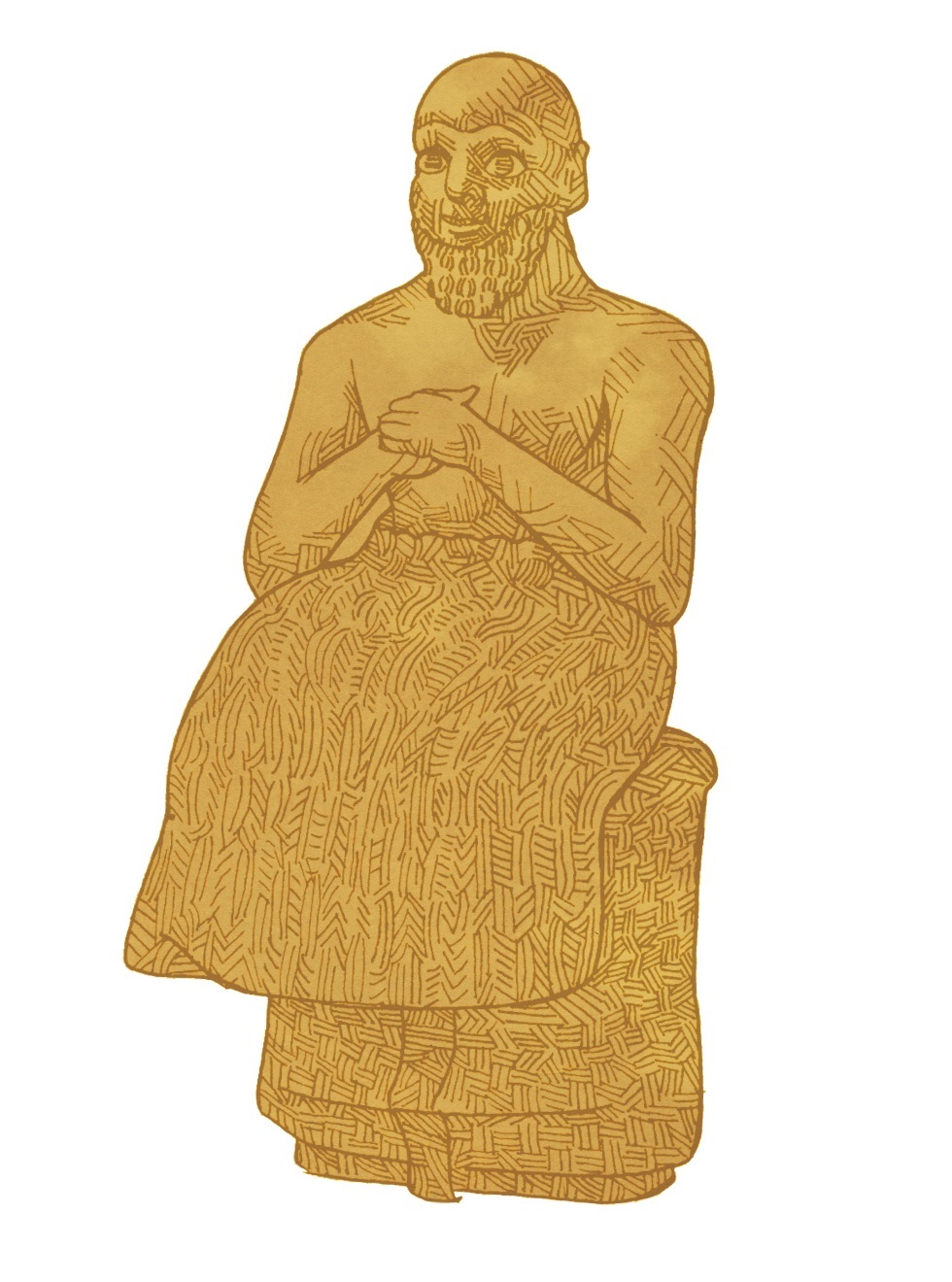The Morphology of the tG- Stem in Hebrew and Tirgaltî in Hos 11:3
DOI:
https://doi.org/10.5508/jhs.2012.v12.a9Abstract
TheMasoreticText(MT)ofHos11:3areads ְוָאֹנִכי ִתְרַגְּלִתּי ְלֶאְפַרִים Although the entire verse is difficult, the form and . ָק ָחם ַעל־ ְזרוֹעֹ ָתיו meaning of the word ִתּ ְר ַגּ ְל ִתּי (tirgaltî) has been especially problematic for interpreters from the beginning of attempts to
These difficulties emerge from the morphological peculiarities of the word, as well as from the lexicographic difficulties it presents. The present article proceeds from the conviction that an adequate solution to the second problem—lexicography—requires a sufficiently comprehensive answer to the first problem—morphology. Unfortunately, although we remain optimistic that a lexicological answer to the questionable semanticfieldofthewordִתְּרַגְּלִתּי mayeventuallybegiven,suchan explanation cannot be made without significant exegetical elaboration, space for which is unavailable in the confines of the present article. Therefore, the explicit goal of the present article is to propose a solution to the former problem—the morphology of . ִתּ ְר ַגּ ְל ִתּי

 Statue of Ebih-Il, drawing by Simeon Goa, © Journal of Hebrew Scriptures
Statue of Ebih-Il, drawing by Simeon Goa, © Journal of Hebrew Scriptures
